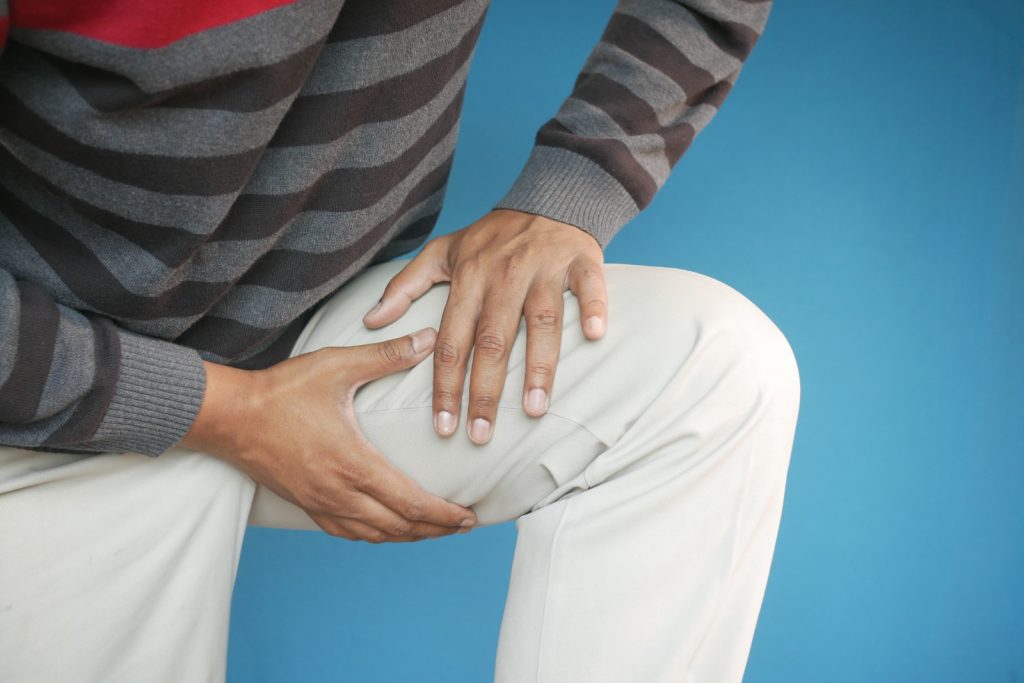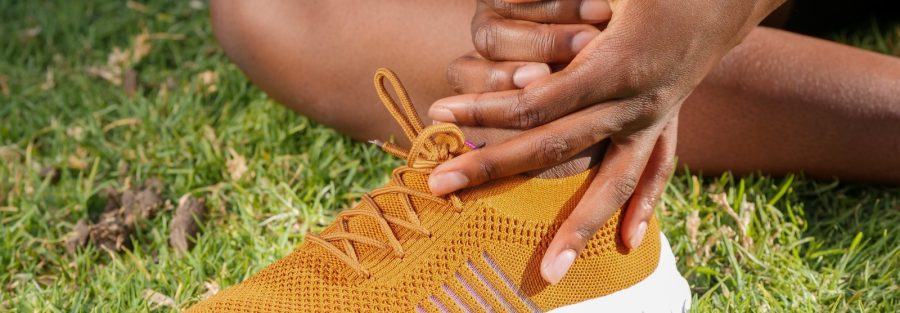Has your foot ever fallen asleep before? Probably when you were travelling in a small bus or when you were stuck in traffic for a while. Paraesthesia is that tingling pin and needles feeling you get when you spend a lengthy period of time in an uncomfortable position.
Paraesthesia is a symptom that is characterized by burning, tingling, or prickling. So like if you’ve ever slept funny and your arm fell asleep or your leg fell asleep, that burning, tingling, pins and needles sort of sensation is paraesthesia. Usually occurs in the extremities (hands and feet), but it can happen anywhere in the body. It’s usually temporary, but it could also be a sign of a serious condition.

The experience of your arm or foot falling asleep is benign, and not a big deal. Once you restore circulation and the nerve is no longer being pressed on, then that feeling of paraesthesia goes away, but it can also be more chronic and it can be also a symptom of a more serious condition. Different disorders of the central nervous system or peripheral nervous system can cause the symptom of paraesthesia. Just like pain can be a symptom of many different conditions, paraesthesia can be a symptom of many different conditions.


